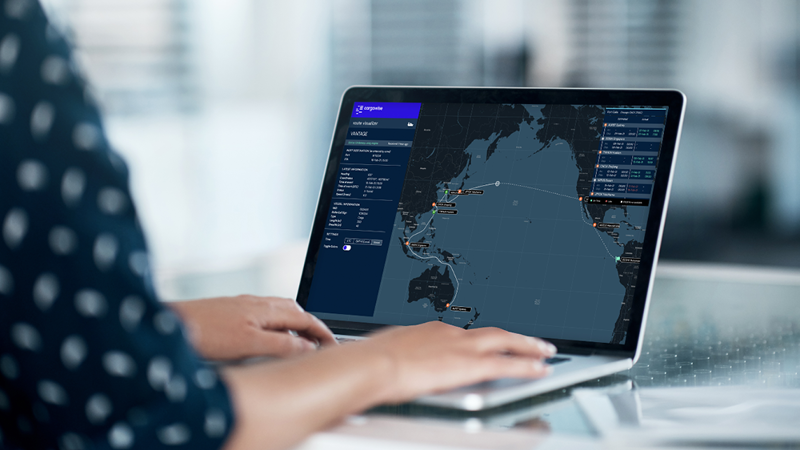"We pulled it off!"
These were the words of joy shared by Peter Berdowski, CEO of Royal Boskalis Westminster, the salvage firm that worked tirelessly to extract the most talked about container ship, the Ever Given.
The vessel, which is roughly as long as the Empire State Building is tall, spent six days stuck in the Suez Canal, one of the world's busiest maritime passageways which caries over 10% of global trade, including 7% of the world's oil.
According to data from Lloyd's list, the blockage was holding up trade valued at over $9 billion per day.
More than 300 container ships carrying everything from livestock to Ikea furniture, were stuck at either end of the canal waiting to pass.
On top of this, dozens of others made the difficult and costly decision to take a 5,000-kilometer detour around the Cape of Good Hope at Africa’s southern trip.
With the canal now unblocked, traffic will slowly begin to return to normal.
However, many industry experts predict a ripple effect will be felt throughout global supply chains for some time to come. This could include delays in arrivals of various commodities and potentially a small increase in air freight diversions and ships opting to go around the Cape.
A year after supply chains were disrupted by the coronavirus panic, this adds to pressure points in global trade.
There’s no denying that events like this highlight the need for global logistics businesses to adopt more digital-first and automated processes, which can provide real-time visibility of vessels, containers and other equipment door to door.
For example, CargoWise’s Route Visualizer, a powerful feature of our Container Automation solution, can help you quickly see where a vessel is once a journey has started, where it’s heading and whether it’s on time, so that you can better manage your supply chain activities.
Featuring estimated plus actual date and locations visibility, our technology uses comprehensive terrestrial and satellite AIS coverage and up-to-date global sailing schedules data, to give you increased oversight over the movement of your ocean-based containerized cargo.
Container Automation also provides additional status updates – including inland and onboard movements, pre-advices, delays and changes to estimates – and can automatically notify staff and your network of agents, brokers, inland service providers and customs of actual or estimated container movements.
When combined with CargoWise’s comprehensive automation tools, your operators will be able to spend less time on error-prone, manual data entry and processes, and more time unlocking the value of end-to-end visibility, from booking to de-hire.
All news
Latest news
Explore CargoWise
Container Automation
Automation tools to track, manage and move your containerized cargo.
Freight Forwarding
Optimize your forwarding operations, from capacity planning to vessel booking and last-mile trucking.
